Spotted: Signs Of A Planet About 28 Million Light-years Away 🔎 🪐

Spotted: signs of a planet about 28 million light-years away 🔎 🪐
For the first time, astronomers may have detected an exoplanet candidate outside of the Milky Way galaxy. Exoplanets are defined as planets outside of our Solar System. All other known exoplanets and exoplanet candidates have been found in the Milky Way, almost all of them less than about 3,000 light-years from Earth.
This new result is based on transits, events in which the passage of a planet in front of a star blocks some of the star's light and produces a characteristic dip. Researchers used our Chandra X-ray Observatory to search for dips in the brightness of X-rays received from X-ray bright binaries in the spiral galaxy Messier 51, also called the Whirlpool Galaxy (pictured here). These luminous systems typically contain a neutron star or black hole pulling in gas from a closely orbiting companion star. They estimate the exoplanet candidate would be roughly the size of Saturn, and orbit the neutron star or black hole at about twice the distance of Saturn from the Sun.
This composite image of the Whirlpool Galaxy was made with X-ray data from Chandra and optical light from our Hubble Space Telescope.
Credit: X-ray: NASA/CXC/SAO/R. DiStefano, et al.; Optical: NASA/ESA/STScI/Grendler
Make sure to follow us on Tumblr for your regular dose of space!
More Posts from Monstrous-mind and Others
🔭🌌🌃🍂

Saturn: image taken by the Cassini spacecraft on June 4, 2011 from a distance of 3.8 million km.
Credit: Mike Malaska
🌄🍁🍂🎃🍂🍁🐾🐈


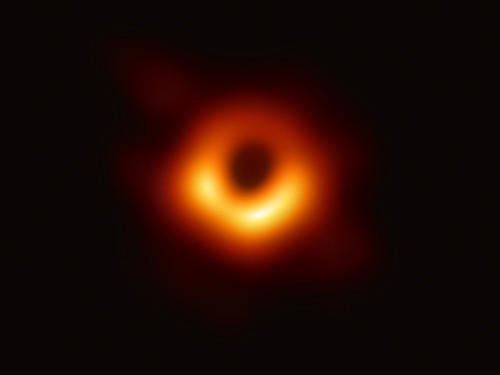
Astronomers Capture First Image of a Black Hole!
Scientists have obtained the first image of a black hole, using Event Horizon Telescope observations of the center of the galaxy M87. The image shows a bright ring formed as light bends in the intense gravity around a black hole that is 6.5 billion times more massive than the Sun. This long-sought image provides the strongest evidence to date for the existence of supermassive black holes and opens a new window onto the study of black holes, their event horizons, and gravity. Credit: Event Horizon Telescope Collaboration (read more).

NASA’s TESS Mission Hopes to Find Exoplanets Beyond Our Solar System : The worlds orbiting other stars are called “exoplanets,” and they come in a wide variety of sizes, from gas giants larger than Jupiter to small, rocky planets about as big around as Earth or Mars. This rocky super-Earth is an illustration of the type of planets future telescopes, like NASA’s TESS, hope to find outside our solar system. (via NASA)
🍂🍁🎃🐈🐾🎃🍁🍂
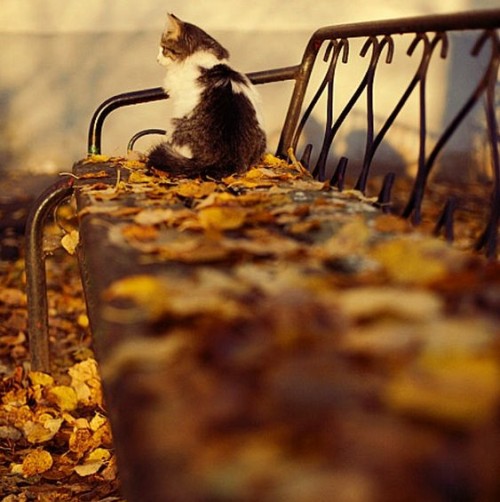


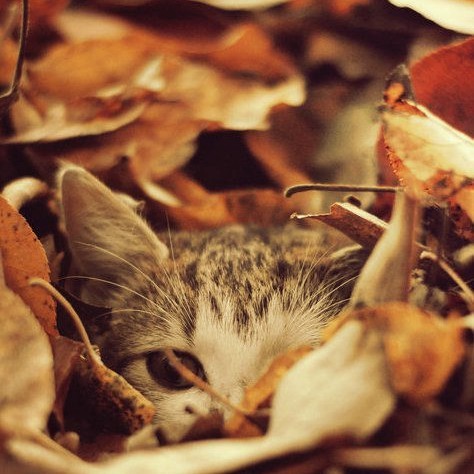


🔭🌃🌌🐈🍂🍁

First Ever Image of a Multi-Planet System around a Sun-like Star Captured by ESO Telescope
The European Southern Observatory’s Very Large Telescope (ESO’s VLT) has taken the first ever image of a young, Sun-like star accompanied by two giant exoplanets. Images of systems with multiple exoplanets are extremely rare, and — until now — astronomers had never directly observed more than one planet orbiting a star similar to the Sun. The observations can help astronomers understand how planets formed and evolved around our own Sun.
The two gas giants orbit their host star at distances of 160 and about 320 times the Earth-Sun distance. This places these planets much further away from their star than Jupiter or Saturn, also two gas giants, are from the Sun; they lie at only 5 and 10 times the Earth-Sun distance, respectively. The team also found the two exoplanets are much heavier than the ones in our Solar System, the inner planet having 14 times Jupiter’s mass and the outer one six times.
Source
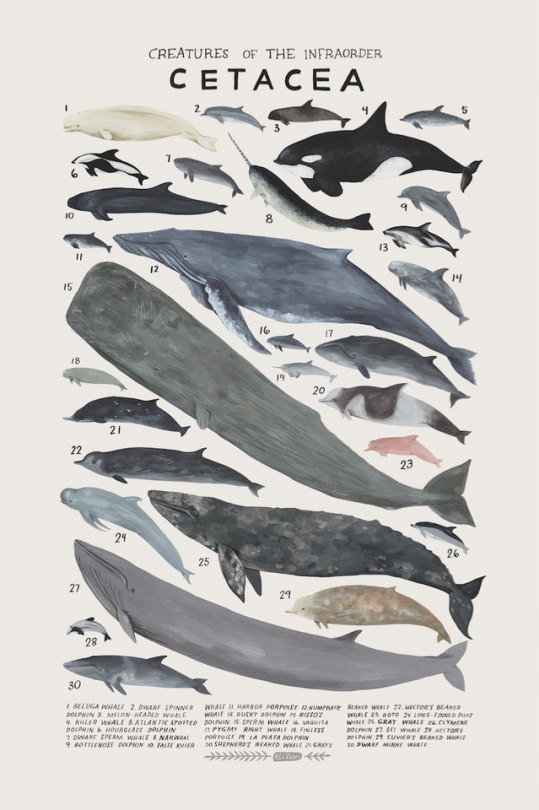

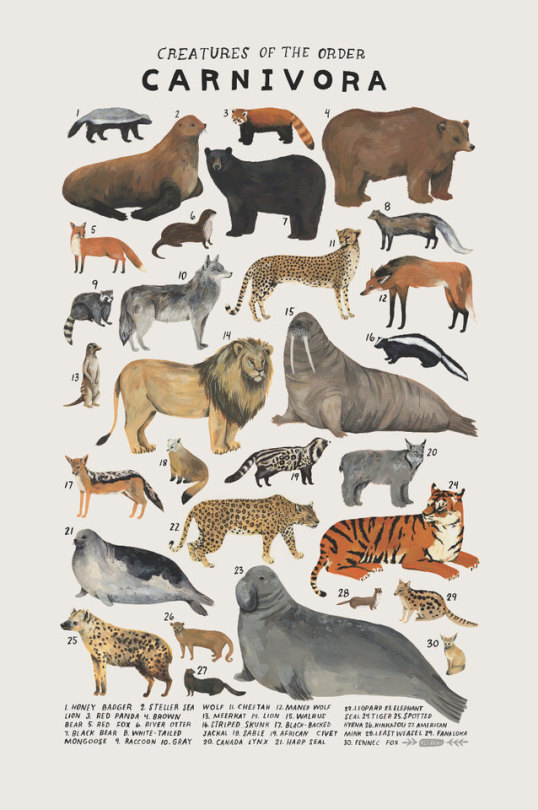

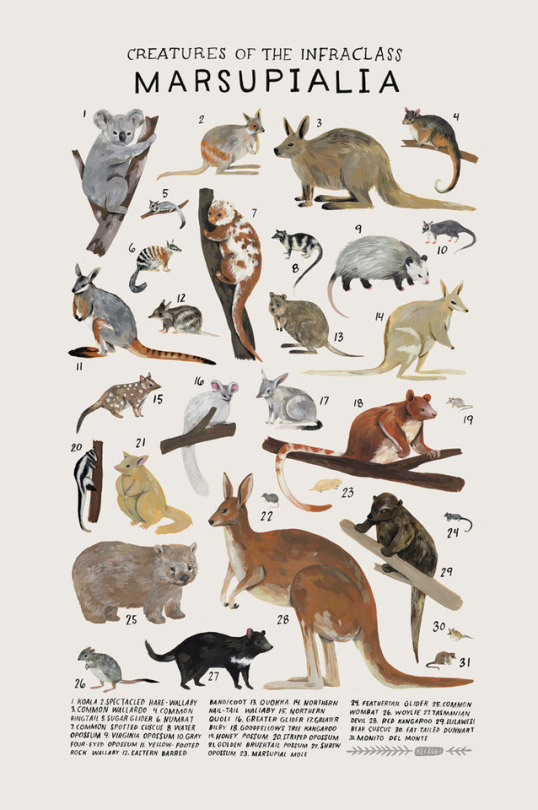





Science Posters by Kelsey Oseid on Etsy
🔭🌃🌌
Characteristics of the moons of Saturn
Saturn has 62 natural satellites. Here are some features of some of its moons, with mountains, valleys, and striking marks on their surfaces, often marked by asteroid bombardments causing small, huge craters.

Iapetus - Equatorial ridge
Iapetus’s equatorial ridge was discovered when the Cassini spacecraft imaged Iapetus on 31 December 2004. Peaks in the ridge rise more than 20 km above the surrounding plains, making them some of the tallest mountains in the Solar System. The ridge forms a complex system including isolated peaks, segments of more than 200 km and sections with three near parallel ridges.

Tethys - Odysseus crater
Odysseus is the largest crater on Saturn’s moon Tethys. It is 445 km across, more than 2/5 of the moon’s diameter, and is one of the largest craters in the Solar System.

Tethys - Ithaca Chasma
Ithaca Chasma is a valley (graben) on Saturn’s moon Tethys, named after the island of Ithaca, in Greece. It is up to 100 km wide, 3 to 5 km deep and 2,000 km long, running approximately three-quarters of the way around Tethys’ circumference, making it one of the longer valleys in the Solar System. Ithaca Chasma is approximately concentric with Odysseus crater.

Tethys - Red arcs
Unusual arc-shaped, reddish streaks cut across the surface of Saturn’s ice-rich moon Tethys in this enhanced-color mosaic. The red streaks are narrow, curved lines on the moon’s surface, only a few miles (or kilometers) wide but several hundred miles (or kilometers) long.

Rhea - Inktomi crater
Inktomi, also known as The Splat, is a prominent rayed impact crater 47.2 kilometres (29.3 mi) in diameter located in the southern hemisphere of Saturn’s moon Rhea.

Mimas - Herschel Crater
Herschel is a huge crater in the leading hemisphere of the Saturnian moon Mimas, on the equator at 100° longitude. It is so large that astronomers have expressed surprise that Mimas was not shattered by the impact that caused it. It measures 139 kilometres (86 miles) across, almost one third the diameter of Mimas. If there were a crater of an equivalent scale on Earth it would be over 4,000 km (2,500 mi) in diameter – wider than Canada – with walls over 200 km (120 mi) high.

Enceladus - Surface with fractures
Close up of one of the ‘tiger stripes” or fissures called Baghdad Sulcus. Both heat and occasional geysers issue from this formidable crack. Some of the material coating the landscape may be snow condensed from vapor. This closeup of the surface of Enceladus on November 21, 2009, viewed from approximately 1,260 miles (2,028 kilometers) away.

Dione - Contrasts
This image from NASA’s Cassini spacecraft shows a part of Dione’s surface that is covered by linear, curving features, called chasmata. One possibility is that this stress pattern may be related to Dione’s orbital evolution and the effect of tidal stresses over time. This view looks toward the trailing hemisphere of Dione.
Learn more: Iapetus, Tethys, Rhea, Mimas, Enceladus and Dione.
Images: NASA/JPL-Caltech

This photo of Comet Leonard was taken from a remote facility in Namibia.
SpaceWeatherGallery.com/Lukas Demetz / Michael Jaeger
-
 nojkno liked this · 1 year ago
nojkno liked this · 1 year ago -
 booooop-a-loop liked this · 1 year ago
booooop-a-loop liked this · 1 year ago -
 kentoswifey reblogged this · 1 year ago
kentoswifey reblogged this · 1 year ago -
 spooooooooooooooooky liked this · 1 year ago
spooooooooooooooooky liked this · 1 year ago -
 thesaltoforion reblogged this · 1 year ago
thesaltoforion reblogged this · 1 year ago -
 ravexandxlust liked this · 1 year ago
ravexandxlust liked this · 1 year ago -
 iludidafdp liked this · 1 year ago
iludidafdp liked this · 1 year ago -
 machan13 liked this · 1 year ago
machan13 liked this · 1 year ago -
 hiynaa liked this · 1 year ago
hiynaa liked this · 1 year ago -
 zeetanwewinn liked this · 1 year ago
zeetanwewinn liked this · 1 year ago -
 miniecco liked this · 1 year ago
miniecco liked this · 1 year ago -
 nathyevangelistaa liked this · 1 year ago
nathyevangelistaa liked this · 1 year ago -
 cbsblog liked this · 1 year ago
cbsblog liked this · 1 year ago -
 blogswithhuzaifa liked this · 1 year ago
blogswithhuzaifa liked this · 1 year ago -
 lightdust liked this · 1 year ago
lightdust liked this · 1 year ago -
 gabbythetea liked this · 1 year ago
gabbythetea liked this · 1 year ago -
 thvsope liked this · 1 year ago
thvsope liked this · 1 year ago -
 gherson-kc liked this · 1 year ago
gherson-kc liked this · 1 year ago -
 wellirato liked this · 1 year ago
wellirato liked this · 1 year ago -
 theflyingmuffin liked this · 2 years ago
theflyingmuffin liked this · 2 years ago -
 aspergers1044 liked this · 2 years ago
aspergers1044 liked this · 2 years ago -
 lazygizka reblogged this · 2 years ago
lazygizka reblogged this · 2 years ago -
 trakotruck liked this · 2 years ago
trakotruck liked this · 2 years ago -
 jennrg reblogged this · 2 years ago
jennrg reblogged this · 2 years ago -
 peixesogaroto liked this · 2 years ago
peixesogaroto liked this · 2 years ago -
 stdrrrirariru liked this · 2 years ago
stdrrrirariru liked this · 2 years ago -
 creasteria liked this · 2 years ago
creasteria liked this · 2 years ago -
 alenales liked this · 2 years ago
alenales liked this · 2 years ago -
 ailovx liked this · 2 years ago
ailovx liked this · 2 years ago -
 martin2132013 reblogged this · 2 years ago
martin2132013 reblogged this · 2 years ago -
 beyza18sblog liked this · 2 years ago
beyza18sblog liked this · 2 years ago -
 rainbowbahamut liked this · 2 years ago
rainbowbahamut liked this · 2 years ago -
 amabilyvalentim liked this · 2 years ago
amabilyvalentim liked this · 2 years ago
My ambition is handicapped by laziness. -C. Bukowski Me gustan las personas desesperadas con mentes rotas y destinos rotos. Están llenos de sorpresas y explosiones. -C. Bukowski. I love cats. Born in the early 80's, raised in the 90's. I like Nature, Autumn, books, landscapes, cold days, cloudy Windy days, space, Science, Paleontology, Biology, Astronomy, History, Social Sciences, Drawing, spending the night watching at the stars, Rick & Morty. I'm a lazy ass.
222 posts